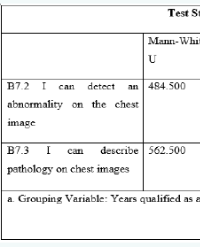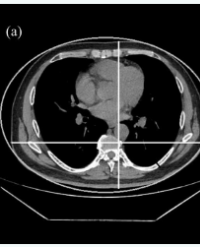
TIRADS-Based Artificial Intelligence Systems For Ultrasound Imaging of Thyroid Nodules: A Systematic Review
Objective : The Thyroid Imaging Reporting and Data Systems (TI-RADS) is a standard terminology that classifies thyroid nodules according to their potential risk of cancer to reduce unnecessary biopsies, minimize variations in interpreting thyroid nodule images, and improve diagnostic accuracy. This study aims to comprehensively review articles that utilize AI techniques to develop decision support systems for analyzing ultrasound images of thyroid nodules, following different TIRADS guidelines.
Materials and Methods : In this review, we followed a five-step process. This included identifying the key research questions, outlining the literature search strategies, establishing criteria for including and excluding studies, assessing the quality of the studies, and extracting the relevant data. We created a comprehensive search string to gather all relevant English-language studies up to January 2024 from the PubMed, Scopus, and Web of Science databases, and we also followed the PRISMA diagram.
Results: In this review, forty-four papers were included, and the most important properties of these papers, including dataset characteristics, AI technical specifications, results and outcome metrics, metrics, limitations, and contributions, were extracted.
Conclusion: In this review, we evaluated the technical characteristics and various aspects used in the development of artificial intelligence CAD systems based on various TI-RADS. This review demonstrates that AI advancements, especially deep learning methods, have significantly enhanced CAD systems for evaluating thyroid nodules. However, comprehensive datasets, multimodal images, and standard evaluation metrics are needed to further enhance machine learning models. Our study aims to provide researchers and physicians with a summary of the current advancements in this field to guide future investigations.
Yasaman Sharifi1*, Morteza Danay Ashgzari2, Zeinab Naseri3, and Amin Amiri Tehranizadeh3


